As a 3rd grade teacher for 4 years and an elementary teacher for over 25, I was beginning to feel the pressure of “getting it all done” while keeping the learning real, relatable, exciting, and connected to world issues.
I was treating each subject as if it stood alone in a vacuum without making obvious connections to other content. Then I realized that segmenting my curriculum into silos no longer made sense.
I needed to find a way to weave all areas of content into a cohesive phenomenon. This would help me hook my students and move my instruction from teacher-led to student-directed, like inquiry-based learning.
As elementary educators, we have already a lot on our plates. At times we must be shaking our heads thinking:
“Now I have to incorporate technology and engineering along with ELA, math, science, health and social studies?”
“Do I need to be a STEM expert?”
“How will I be able to teach all the curriculum across all the content areas?”
“What is developmentally appropriate and how does it align with NGSS?”
“Who will support me and my students?”
A high level of student engagement and accessible learning for all is a huge priority. And that’s where CreositySpace comes in and saves the day. Their unit, Mushroom Maestros provides answers to each question above and so much more.
What is Mushroom Maestros?
CreositySpace’s NGSS K-5 curriculum fulfilled these needs as well as my desire to fill my classroom with creativity, and excitement for continuous learning. It enables all students to have a seat at the table and makes learning visible to students, parents, administrators, the community, and me. The breadth and flexibility of Mushroom Maestros enabled me to weave STEM into my daily lessons while keeping the content current, exciting, and real for my students. It enhanced my instruction and has forever changed my approach to my students and my craft.
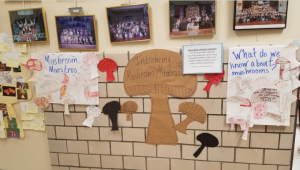
The Mushroom Maestros unit includes the story of actual entrepreneurs Eban Bayer and Gavin McIntyre, and their innovative mushroom-packaging company Ecovative. Following a real-world example highly motivated my students’ learning.
Through a series of videos, articles, and other resources in the Educator Guide, Mushroom Maestros provided me with a wealth of easily accessible materials. This helped me frontload student learning prior to the hands-on activities. We constantly revisited the essential question and the enduring understanding in the unit, even throughout the year as it connected to other content.
My students were excited to take their new discoveries beyond the walls of the classroom. They invited parents, support staff, and administrators to participate in growing the mycelium packaging. Mushroom Maestros became the hub of learning, while incorporating cross-curricular lessons in ELA, math, science, social studies, science, and art.
Through the comprehensive unit, my students learned the science behind living versus non-living organisms and that there are not two but three kingdoms of living things in our world. They discussed renewable resources and how some products are more sustainable than others. Like although plastic can be made from organic material, it can take years to break down rendering long-term effects on our environment.

Hands-on NGSS Activities
Over a period of 8-10 days, students measured and mixed ingredients, activated the dry materials (substrate, local farm waste such as corn or hemp, infused with mycelium), grew the mushroom mycelium in grow bags, engineered a design for a container (planter, pencil holder, desk organizer), filled it with activated material for further growth, and finally carried out a drying process to stop the growth of the mycelium. The steps were conducted by teams of 3-4 students, with adults helping only as requested by the students.
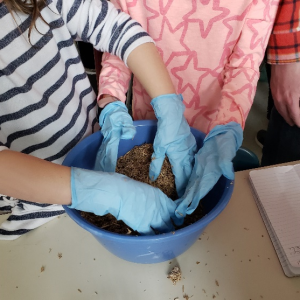
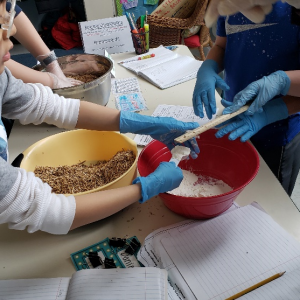
Several summative challenges with optional scoring rubrics were provided for students to complete in their teams. For example, students could evaluate the possibility of incorporating this technology into specific areas within the school. Another challenge included the arts, prompting students to write a play or song about different types of packaging materials. Our team used Flocabulary to select a rhythm and create lyrics about their learning about Ecovative and growing packaging material as an alternative to using plastics.
Connections outside of STEM
After gathering packaging materials from our main office for one week. The students sorted and classified the material, weighed it, and graphed results to determine if the packaging was sustainable. They were appalled at the amount of plastics that ultimately ending up in our food and then in our bodies.
These experiments prompted students to write persuasive letters offering their concerns and numerous solutions to our school regarding packaging. This carried over into their homes, where they discussed their concerns and potential solutions. They read and discussed articles about the effects of plastics on our worldwide environment. Additionally, they “met” Boyan Slat (entrepreneur of The Ocean Cleanup Project) via TEDTalks and heard from a sceptic who did not believe Slat’s innovation was a wise one. They were shocked to learn of the Great Pacific Garbage Patch. They also read aloud a biography of Jacques Cousteau. Additionally they wrote letters to him, informing him of what they know about the oceans trash.
While studying Kenya, they found that for a very small investment, mushroom growing created opportunities for young entrepreneurship. This was helping the unemployed and the impoverished youth and improving the economy with sustainable materials.
The unit’s Book of Ideas included writing prompts and design pages for students to write about and draw their own innovations and ideas. The prompts easily tied in with the hands-on activities. This allowed students to consider what they would do to solve a real-world problem. This, in turn, gave voice to their thoughts and ideas.
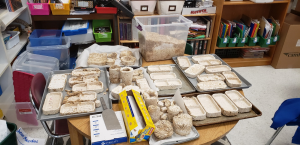
The excitement, collaboration, and collective sharing of knowledge and experiences among students, teachers, parents, and staff is second to none. With the implementation of the CreositySpace Mushroom Maestros unit, my approach to teaching and learning across all ages and abilities has forever changed. My classroom has truly become a “CreositySpace,” where exciting learning has been unleashed!
Learn more about Mushroom Maestros here:
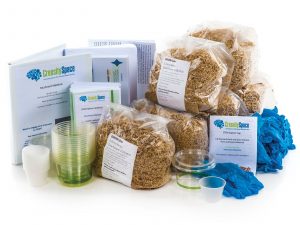


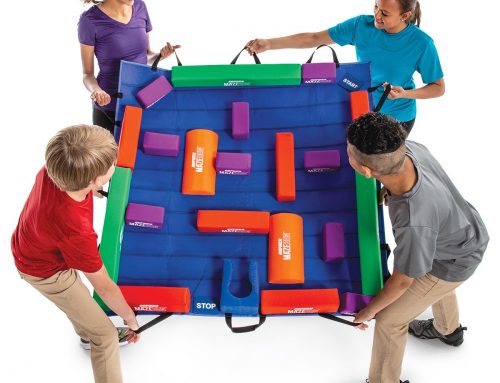
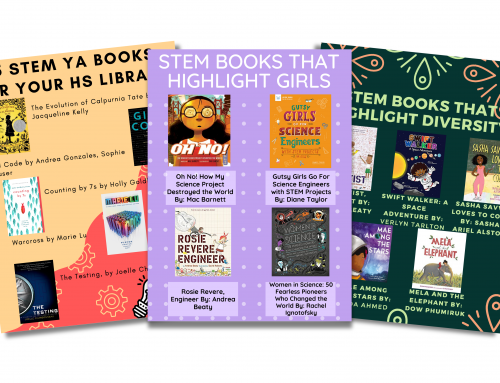
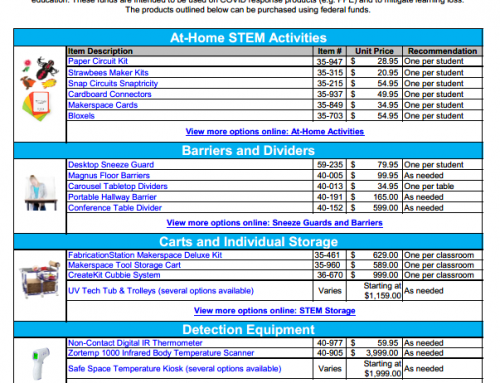
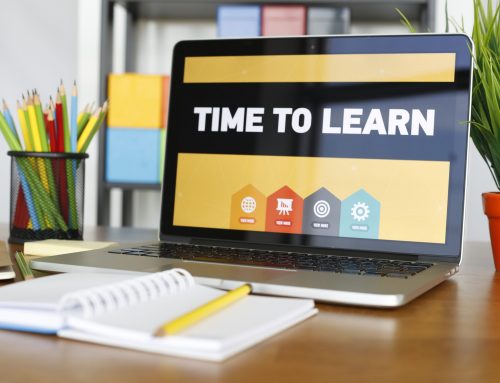

Leave A Comment